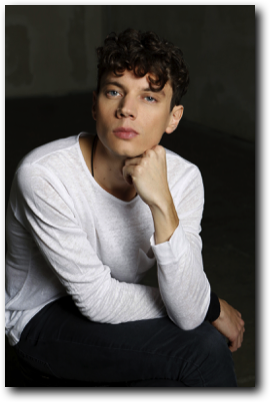Francesco Tristano

Francesco Tristano’s recordings attempt to embrace a broad spectrum too; for Deutsche Grammophon he developed programs based on Cage and Bach (“Bach/Cage”, 2011), Buxtehude and Bach (“Long Walk”, 2012), Ravel and Stravinsky in “Scandale” (2014). Then also, for the French label Infiné he has developed his own compositions where the main ingredients are rhythmic experimentation, abstract texture and a unique sensation of freedom. Although it can seem as a contradictory method, almost bipolar, in reality, there is a very direct – however tenuous - line that connects Bach with techno music; the dance rhythm, harmony and order you may find in Bach are very much alive in pop music. There is a familiar energy, and also a rigid and intense sense of groove.
Techno music entered his life while pursuing his degree at the Juilliard School of New York. During the day, he would lead The New Bach Players through their Bach readings, and at night, the city’s clubs would introduce him to house and techno music. In “Not for piano” (2007), he published his own compositions as well as piano versions of Detroit anthems such as, “The Bells” (Jeff Mills) or “Strings of Life” (Derrick May). A year later, with “Auricle Bio On” (2008), he introduced the sound of the piano and use it simultaneously as a sampler and synthesizer. In fact, with the release of “Idiosynkrasia” (2010) Francesco accomplished the synthesis of both languages; digital virtuosity and rare electronic textures, which he would claim as ‘Piano 2.0’.
Alongside with his career in electronic music, he has simultaneously continued to grow as a classical pianist with a repertoire half way between baroque (mainly Bach and before) and twentieth and twenty first century music, organizing his programs as if they were “playlists”, which is how he likes to define them. Francesco Tristano is expanding, driven by his genuine open -minded attitude and his increasing knowledge of techno. After finalizing Aufgang – two pianos and drums with a dose of deep house –, his next endeavors lead him again to his version of techno. Laying the foundations of a vast and untamed aesthetic.
Music is music and whether it is baroque or modern, dance or ambient, it attempts to connect with mind and body, to the euphoric and the sublime.